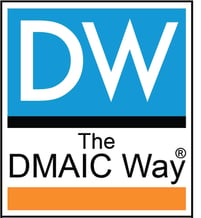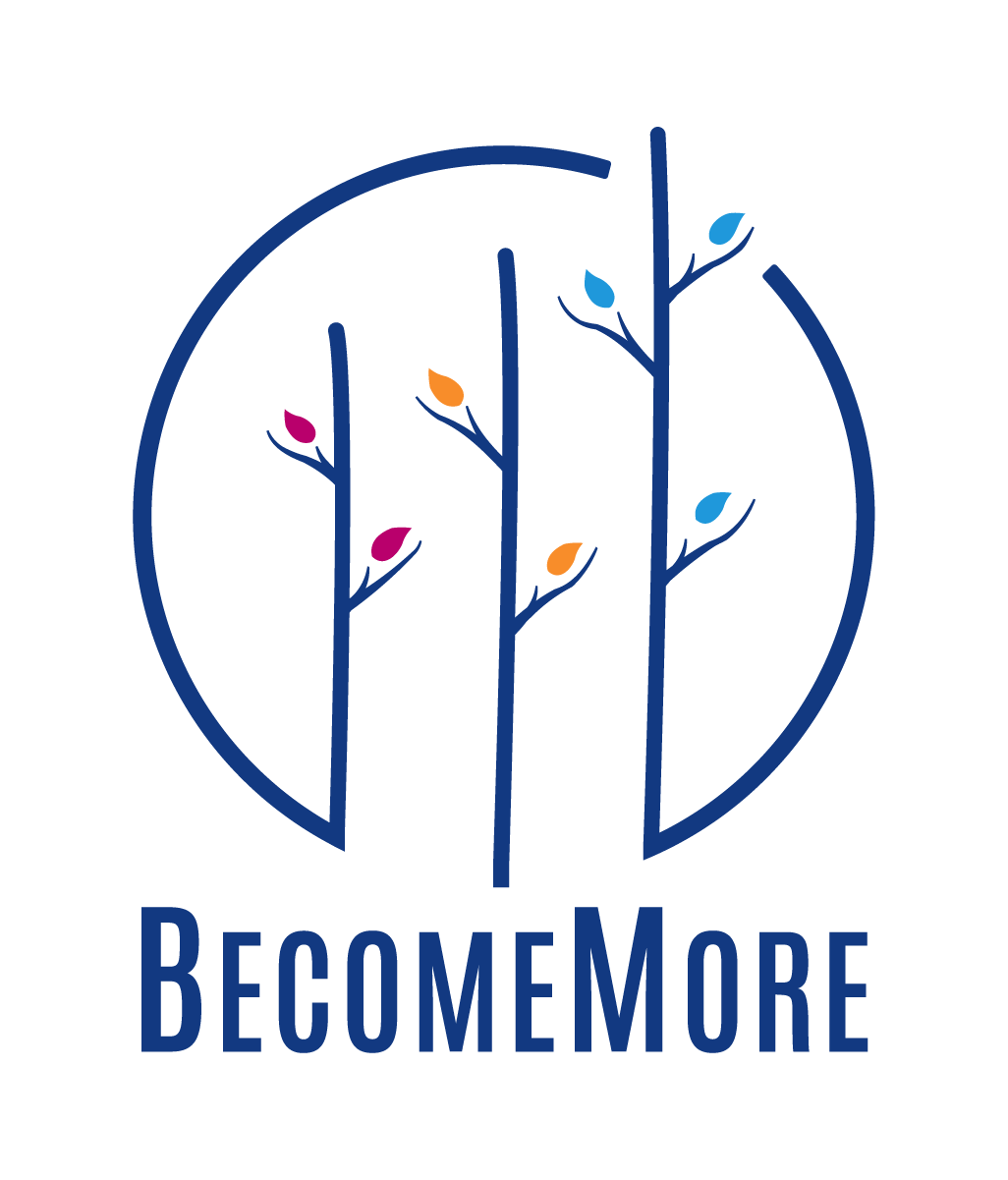
As we close out February, it's becoming clear that much of our critical work has yet to gain traction. Despite our best intentions and plans, time has a way of slipping away, leaving important initiatives unrealized. With each passing day, the urgency of our goals grows, reminding us of the finite nature of time and the need for decisive action. In light of this reality, I offer you Continuous Improvement.

Continuous Improvement is a key element of any successful organization, driving innovation, efficiency, and overall excellence. Many people perceive using a Continuous Improvement Framework’s such as The DMAIC Way from a Green Belt or Black Belt workshop as additional work that will consume time and resources. In reality, the most effective practitioners of continuous improvement don't see it as extra work but rather as a strategic approach to improving their existing processes and outcomes.
The essence of continuous improvement can move your projects forward by weaving in a methodology such as DMAIC (Define, Measure, Analyze, Improve, Control). The misconception that a Green Belt or Black Belt DMAIC project requires starting something entirely new often deters individuals from engaging fully in the process. However, a shift in perspective can transform this perceived burden into a valuable opportunity on your existing goals.
Take a moment to reflect on your current workload or ongoing projects. What is the top priority to deliver for you or outcome you're striving to achieve this quarter or year?
Instead of viewing a Green Belt certification as a separate endeavor, integrate the principles of DMAIC into your existing work. By aligning the core objectives into bite-sized improvement projects, you can enhance efficiency and deliver effective outcomes while simultaneously working towards certification.

Let's break down the DMAIC approach and how it can be applied to your existing work:
- Define: Clearly articulate the problem or opportunity for improvement. What specific outcome are you aiming to achieve? Define the scope, objectives, and stakeholders involved in the project. By aligning with your existing deliverable, you ensure that the improvement effort directly contributes to your overarching goals.
- Measure: Gather relevant data to quantify the current state of the process or outcome. What metrics are you currently tracking, and how do they align with your desired outcome? Analyze the data to identify areas of inefficiency or opportunities for enhancement. This data-driven approach enables you to pinpoint specific areas for improvement within your existing work.
- Analyze: Dive deeper into the root causes of any identified issues or gaps. What factors contribute to the current state, and what barriers exist to achieving your desired outcome? Conduct thorough analysis, utilizing tools such as root cause analysis or process mapping to identify underlying causes and potential solutions.
- Improve: Develop and implement solutions to address the identified issues and improve the process or outcome. What changes can be made to enhance efficiency, effectiveness, or quality? Implement iterative improvements, leveraging tools such as brainstorming, PDSA (Plan-Do-Study-Act) cycles, or Kaizen events to drive continuous enhancement.
- Control: Establish measures to sustain the improvements over time and prevent regression. How will you monitor performance and ensure that the changes implemented are maintained? Develop monitoring systems, standard operating procedures, or training programs to embed the improvements into your existing workflow.

By applying the DMAIC approach to your existing work, you not only drive meaningful improvement but also progress towards your Green Belt certification. Rather than viewing certification as a separate task, integrate it seamlessly into your ongoing projects, leveraging the principles and tools of continuous improvement to enhance your outcomes.

